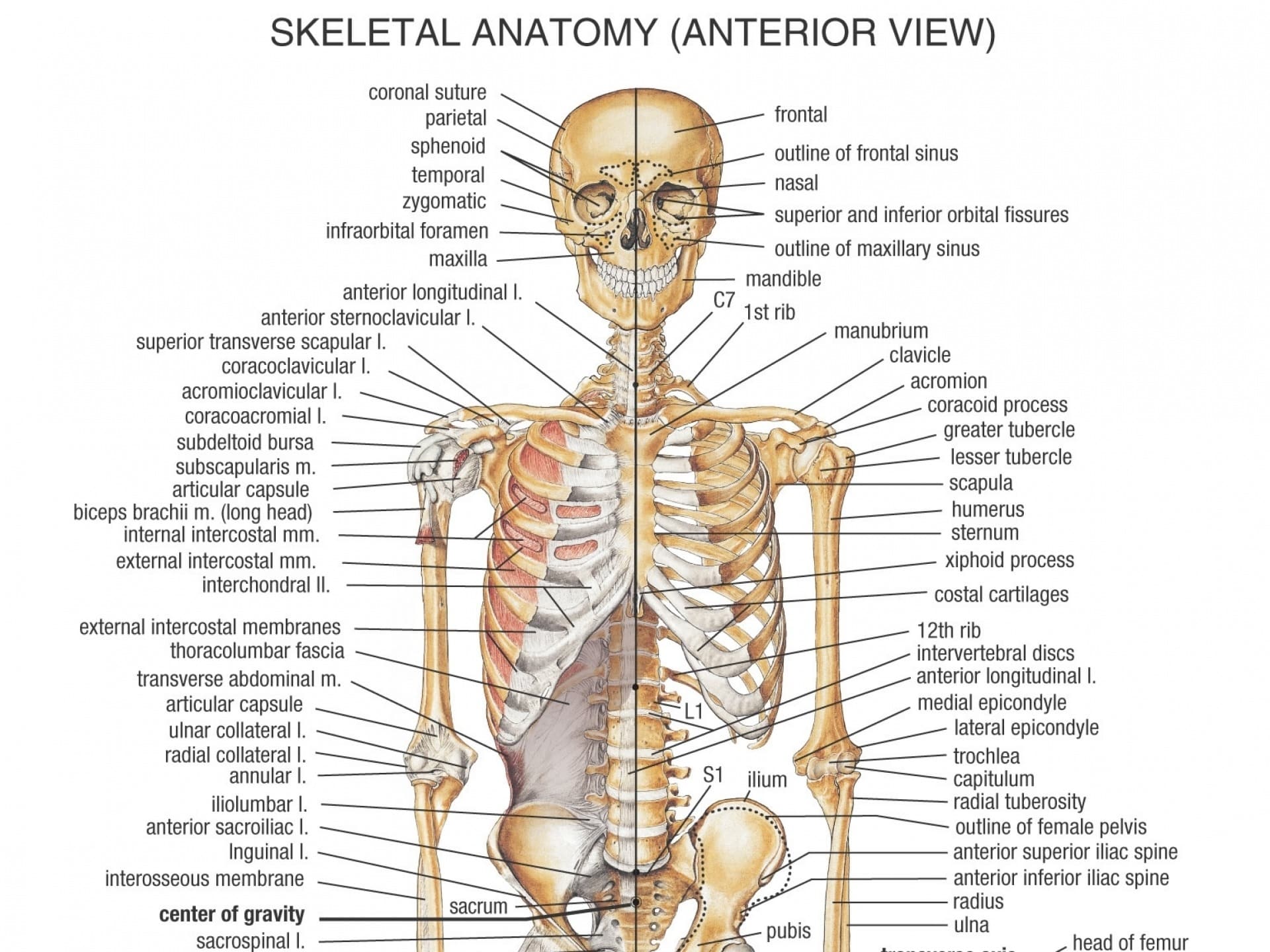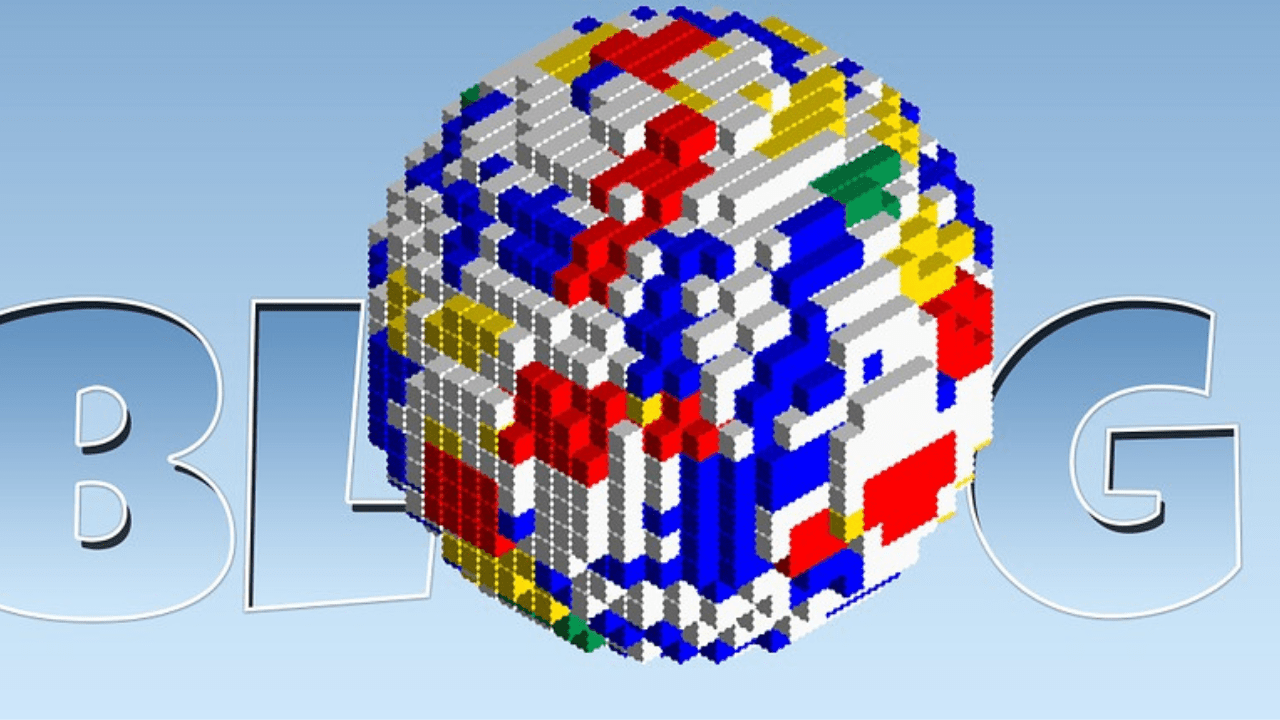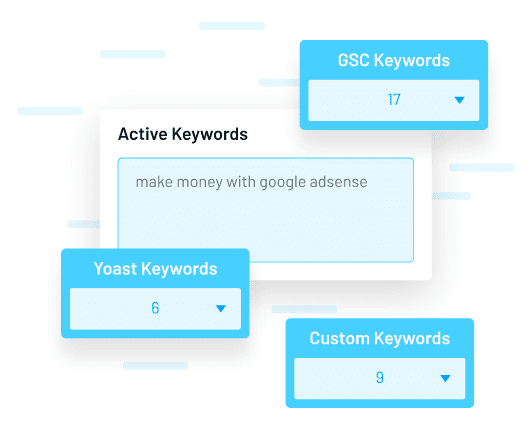
In the digital age, where attention spans are shorter than ever, the design and structure of a blog post can make or break its success. Whether you’re a seasoned content creator or just starting out, understanding the anatomy of a perfect blog post is essential for engaging readers, improving SEO, and driving conversions. From headers that capture attention to layouts that enhance readability, every element plays a crucial role in creating a compelling user experience.
This article will guide you through the key components of a well-structured blog post, including header strategies, layout best practices, and formatting tips that ensure your content not only looks great but also performs exceptionally well.
What Is a Perfect Blog Post and Why It Matters
A perfect blog post isn’t just about what you write—it’s about how you present it. A well-structured blog post combines clear, engaging content with a visually appealing layout that guides the reader from start to finish. The goal is to create an experience that keeps visitors on your site longer, encourages them to take action, and ultimately drives traffic and conversions.
Headers, in particular, serve as the roadmap for your content. They help readers quickly scan through your post and understand the flow of ideas. Meanwhile, the layout determines how easily users can navigate your content, especially on mobile devices. With over 50% of web traffic coming from mobile, ensuring your blog post is responsive and user-friendly is no longer optional—it’s essential.
Moreover, search engines like Google prioritize content that is both informative and easy to read. Proper headers and a clean layout improve your chances of ranking higher in search results, increasing your visibility and reach.
How Headers and Layouts Impact SEO Performance
Headers and layouts are more than just aesthetic choices—they directly influence your SEO performance. Search engines use headers (H1, H2, H3, etc.) to understand the structure and relevance of your content. A well-organized hierarchy of headers signals to search engines that your content is structured logically, making it easier for them to index and rank your page.
Additionally, a clean, readable layout improves user engagement metrics such as dwell time and bounce rate. If your post is difficult to read or navigate, visitors are more likely to leave quickly, which negatively impacts your SEO. On the other hand, a well-designed layout with clear headers, short paragraphs, and visual elements keeps readers engaged, signaling to search engines that your content is valuable.
For example, a blog post with a clear table of contents (H2 heading) and subheadings (H3, H4) makes it easier for both readers and search engines to find relevant information. This not only improves the user experience but also increases the likelihood of your post appearing in featured snippets.
Step-by-Step Implementation Framework
Creating a perfect blog post involves a strategic approach. Here’s a step-by-step framework to help you build an effective, engaging, and SEO-friendly blog post:
-
Define Your Goal and Audience
Start by identifying the purpose of your blog post. Are you informing, entertaining, or persuading your audience? Understanding your target audience helps you tailor your content and design accordingly. -
Craft a Compelling Title
Your title should be catchy, keyword-rich, and clearly communicate the value of your post. Use tools like Yoast SEO or Hemingway Editor to refine your title for clarity and impact. -
Structure Your Content with Headers
Use H1 for your main title, H2 for major sections, and H3/H4 for subsections. This creates a logical flow and improves readability. For example: - H1: “The Anatomy of a Perfect Blog Post”
- H2: “Why Headers Matter”
-
H3: “Using Subheadings to Guide Readers”
-
Optimize Your Layout
Choose a layout that balances aesthetics with functionality. Avoid clutter, use white space effectively, and ensure your post is mobile-friendly. Tools like SeedProd or Elementor can help you design a clean, responsive layout. -
Enhance Readability with Visual Elements
Incorporate images, videos, infographics, and other media to break up text and keep readers engaged. Make sure all visual elements are relevant and optimized for fast loading. -
Include Internal and External Links
Link to related posts on your site and reputable sources to add value and improve SEO. Internal links help users explore more content, while external links build trust and authority. -
Add Calls to Action (CTAs)
Encourage readers to take the next step—whether it’s subscribing to your newsletter, sharing your post, or purchasing a product. CTAs should be clear, prominent, and aligned with your goals. -
Review and Optimize
After publishing, monitor your post’s performance using analytics tools like Google Analytics. Look for areas to improve, such as high bounce rates or low engagement, and make adjustments accordingly.
Real or Hypothetical Case Study
Let’s take a look at a hypothetical case study of a blog post that improved its performance through strategic headers and layout optimization.
Scenario: A fitness blog wanted to increase engagement on a post titled “10 Best Home Workouts for Beginners.”
Before Optimization:
– No clear headers
– Long paragraphs
– No visuals
– Poor mobile responsiveness
After Optimization:
– Added H1 for the title, H2 for each workout section, and H3 for details
– Included images and short videos
– Used a clean, responsive layout
– Added a table of contents
Results:
– Bounce rate decreased by 30%
– Average session duration increased by 45%
– Organic traffic grew by 20% within two months
This case study demonstrates how even small changes in headers and layout can have a significant impact on user engagement and SEO performance.
Tools and Techniques for Optimizing Headers and Layouts
To create a perfect blog post, consider using the following tools and techniques:
- Yoast SEO – Helps you optimize headers, readability, and keyword usage.
- Grammarly – Improves writing quality and ensures your content is clear and professional.
- Canva – Great for designing eye-catching images and graphics.
- Google Analytics – Tracks user behavior and helps identify areas for improvement.
- SeedProd – A powerful WordPress page builder that allows you to create responsive, visually appealing layouts.
- Trello – Organizes your content creation process and keeps your workflow efficient.
These tools can streamline your workflow and help you focus on creating high-quality, engaging content.
Future Trends and AI Implications
As AI continues to shape the digital landscape, the way we create and optimize blog posts is evolving. Voice search, natural language processing, and AI-driven content creation are becoming more prevalent. In the future, we can expect:
- More personalized content: AI will help tailor blog posts to individual reader preferences.
- Improved header suggestions: AI-powered tools may offer real-time recommendations for optimizing headers and content structure.
- Enhanced layout customization: AI could assist in automatically adjusting layouts based on user behavior and device type.
To stay ahead, focus on creating content that is both human-centric and AI-friendly. Prioritize clarity, relevance, and user experience, and don’t forget to leverage the power of AI in your content strategy.
Key Takeaways
- Headers are essential: They guide readers and help search engines understand your content.
- Layout matters: A clean, responsive design improves readability and user engagement.
- Visual elements enhance the experience: Images, videos, and infographics break up text and keep readers interested.
- Optimize for mobile: Ensure your blog post looks great on all devices.
- Use data to improve: Analyze performance metrics and make informed adjustments.
By focusing on these elements, you can create a perfect blog post that not only attracts readers but also converts them into loyal followers.
Meta Title: The Anatomy of a Perfect Blog Post: Headers, Layouts & More
Meta Description: Discover how to create a blog post that engages readers, improves SEO, and drives conversions with the right headers, layouts, and formatting.
SEO Tags (5): blog post structure, headers, layout design, SEO tips, content optimization
Internal Link Suggestions: [Parameter #1: Header Optimization], [Parameter #2: Mobile-First Design], [Parameter #3: Content Formatting]
External Source Suggestions: https://www.seo.com/, https://www.wpmudev.org/, https://www.copyblogger.com/










